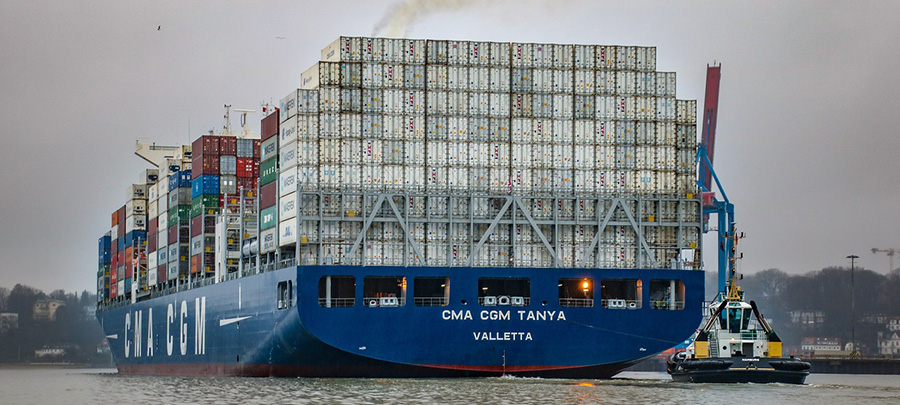

In the face of escalating tariffs and shifting trade dynamics, producers in the wine, beer, and spirits sectors are seeking new avenues to expand their global reach. Diversifying export markets has become imperative to mitigate risks and capitalize on emerging opportunities. In this article we will analyze some of the major export destinations, their strengths and dynamics.
Global Market Overview and Selection Criteria
Recent trade data (2023–2025) indicate that global demand for alcoholic beverages is on the rise, driven by changing consumer preferences and emerging markets. Key criteria for selecting new export destinations include:
- Import Demand Growth: Markets exhibiting a significant increase in imports of wine, beer, and spirits.
- Favorable Tariff Structures: Countries with low or preferential tariffs for alcoholic beverages.
- Economic and Political Stability: Regions with stable economic conditions and predictable regulatory environments.
- Consumer Trends: Markets where consumer preferences align with your product offerings
Promising Export Markets
- China (East Asia)
- Growth & Outlook: China’s middle class continues to expand, leading to increased consumption of premium alcoholic beverages.
- Import Demand: Significant growth in wine and spirits imports, with a focus on quality and brand recognition.
- Key Import Needs: Red and white wines, craft beers, and premium spirits.
- Southeast Asia (ASEAN)
- Growth & Outlook: Urbanization and rising incomes are fueling demand for diverse alcoholic beverages.
- Import Demand: Countries like Vietnam, Thailand, and the Philippines are showing increased imports of beer and spirits.
- Key Import Needs: Lager beers, flavored spirits, and affordable wines.
- European Union (EU)
- Growth & Outlook: While mature, the EU market shows steady demand for unique and high-quality alcoholic products.
- Import Demand: Interest in organic and biodynamic wines, as well as craft spirits.
- Key Import Needs: Specialty wines, artisanal beers, and niche spirits.
- United Kingdom (UK)
- Growth & Outlook: Post-Brexit trade adjustments have opened new opportunities for non-EU exporters.
- Import Demand: Continued reliance on imports for a variety of alcoholic beverages.
- Key Import Needs: Sparkling wines, premium gins, and craft beers.
- Gulf Cooperation Council (Middle East)
- Growth & Outlook: Despite cultural sensitivities, certain GCC countries have niche markets for alcoholic beverages, primarily through duty-free and hospitality sectors.
- Import Demand: High-end hotels and resorts are key importers.
- Key Import Needs: Luxury wines and premium spirits.
Strategic Recommendations
- Market Research: Utilize platforms like BestWineImporters to access up-to-date information on importers and distributors in target markets.
- Regulatory Compliance: Understand and adhere to the specific import regulations and labeling requirements of each market.
- Brand Positioning: Tailor marketing strategies to resonate with local consumer preferences and cultural nuances.
- Partnership Development: Establish relationships with reliable importers and distributors to ensure consistent market presence.
By proactively identifying and engaging with new markets, wine, beer, and spirits producers can navigate the challenges posed by tariffs and trade uncertainties, ensuring sustained growth and global competitiveness.





